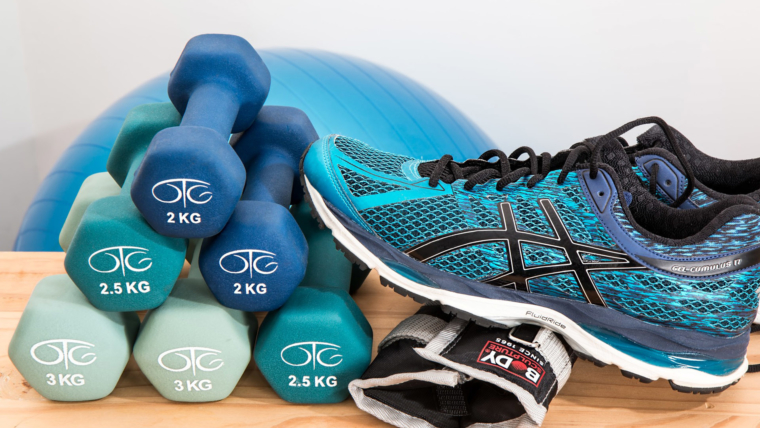
All you need to know about muscle inflammation
Muscle inflammation, also known as “muskulfiber”, is a natural immune response to the organism, which occurs when the body is exposed to more intense activity than otherwise, with the muscle experiencing stress. During this physiological process micro-damage to the muscle is created and the body activates the defense mechanism. All you need to know about muscle inflammation, read below.
All you need to know about muscle inflammation
Inflammation usually occurs 24 to 48 hours after training. It manifests itself through the feeling of pain, tightness and stiffness of the muscles. The work that a muscle can produce depends on its blood-rich oxygen supply. When oxygen is lacking, the lactic acid accumulates, which disturbs the pH balance and creates micro-damage. To make the body cope with the damage, many biochemical processes are initiated. The better the muscle is supplied with blood, the better the oxygen and nutrient content, and the growth of muscle or hypertrophy. So we can say that the effectiveness of performing a certain intensity of training depends on the muscular supply of blood and oxygen. One of the common misconceptions is that lactate in the blood or even lactic acid, is responsible for muscle inflammation.
Three levels of muscle inflammation
The first is very mild, the so-called pleasant pain that is described to feel the muscle that exists and that it is a little tense.
The second level is somewhat more intense, 24 to 48 hours after exercise and may last 3 to 5 days. The whole organism was acidified (the pH of the blood was reduced). This level is not bad for the body if it is casual. Often, at that level, people are involved with analyticists to eliminate the feeling of discomfort, and athletes often relinquish the natural processes of the body to do their job.
The third level is a truly muscular fatigue in which the muscle stops functioning completely. This happens very rarely feel to the average exercise. It mainly occurs with professional athletes and manifests itself besides body ailments, nausea, dizziness, general weakness, and even vomiting.
Alleviation of inflammation
- Massage, light cardio training, and laying the foot on the wall in a lying position (all of this encourages quick lymphatic activity, which means faster excretion of lactic acid out of the body).
- put on cold covers (has analgesic effect)
- stretching
- drinking lots of fluid
It is necessary at all costs to try and avoid any pain medication due to their adverse effects on regeneration and muscle recovery, and therefore on their construction. On a daily basis, nutrition should include as many foods as anti-inflammatory. No less important is the supplementation with vitamins, minerals, trace elements and similar preparations.
For more similar topics, click here.
Is the inflammation healthy?
Yes, muscle inflammation is quite normal and natural, of course if it is not chronic. Moderate muscle pain is a sign of your body getting awake and moving your bounds. If you never get it, it means your exercise is not overly effective. People who exercise and never feel muscle pain do not cross the limits of their abilities and exercises are more used for psychological pleasure than for developing muscle, improving health and posture.
Can you exercise under muscle inflammation?
Exercise during muscle inflammation depends on the individual’s physical condition and the level of inflammation. For lighter inflammation, it is recommended that the tactic “wedge is wedged”, ie with the new moderate training to improve the recovery of inflammation of the muscles. However, for more inflammatory conditions, allow the body one or two days of rest, but with an inevitable stretch. It turned out that bedtime in the days after training only prolongs the duration of the inflammation and it is recommended to recruit the muscles as soon as possible.
Prevention of inflammation
So, it’s a good idea to plan a training well so it would not be too weak and ineffective, but not too overburdened. It is important to warm up and stretch before every exercise starts. In this way, the muscles receive a signal that they need to be prepared for work, while at the same time reducing the risk of injury.

Author: Ema Brajdić, IFBB Bikini



I give consent to Be Seen Be Popular (BSBP) to process and use my personal information ( name and e-mail address ) in order to answer to my inquiry and send information associated with this website.